What gives compost it's nutrients?
HigherGroundGardens
9 years ago
Related Stories

GARDENING GUIDESGet on a Composting Kick (Hello, Free Fertilizer!)
Quit shelling out for pricey substitutes that aren’t even as good. Here’s how to give your soil the best while lightening your trash load
Full Story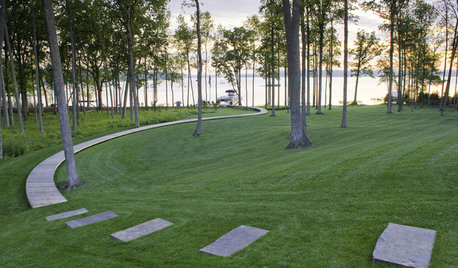
GARDENING GUIDESGive Your Turf the Fall Tune-up It Deserves
Treat your battered lawn to a little TLC this fall, and it will reward you with lush, healthy grass come spring
Full Story
DECORATING PROJECTSGive Your Porch Some Rustic Fall Style
Natural materials and found items make inviting fall decorations for your favorite outdoor room
Full Story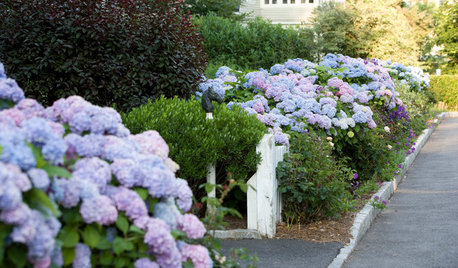
FLOWERSWhy You Should Give Hydrangeas a Place in Your Yard
The exuberant mop-headed beauties evoke dreams of an endless summer by the sea
Full Story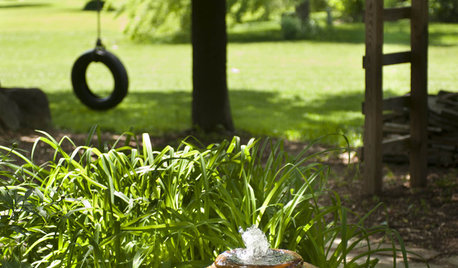
GARDENING AND LANDSCAPINGHow to Give Your Garden More Soul
Feel more at home in your garden by giving it deep, personal meaning
Full Story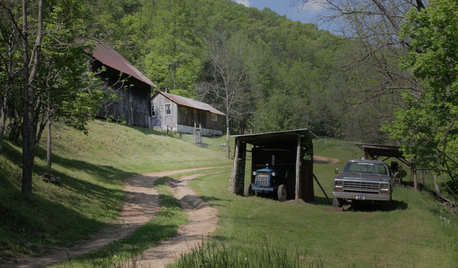
TASTEMAKERSNew Series to Give a Glimpse of Life ‘Unplugged’
See what happens when city dwellers relocate to off-the-grid homes in a new show premiering July 29. Tell us: Could you pack up urban life?
Full Story
DECORATING GUIDESBring in da Funk: How Humble Touches Give a Home Soul
Shake up expectations and stir up interest with pieces that show patina, create contrast or offer a jolt of surprise
Full Story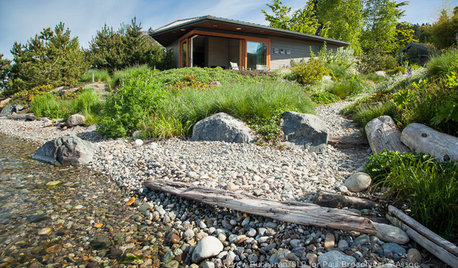
INSPIRING GARDENSLawn Gives Way to a More Natural Lakeside Garden
Meadow grasses, beach pebbles and driftwood replace turfgrass in a nature-friendly landscape on Lake Washington’s shore
Full Story
LIFEGive Your Home a History by Telling Your Story
Share your family's epic saga — or even just kiddie doodles — for a home that's personal, meaningful and inspiring
Full Story
11 Ways to Give Your Home Schoolhouse Charm
Homes Go Back to School With Chunky Clocks, Chalkboard, Retro Globes and Lockers
Full Story







grubby_AZ Tucson Z9
Kimmsr
Related Professionals
Barrington Hills Landscape Architects & Landscape Designers · Hyattsville Landscape Architects & Landscape Designers · Wixom Landscape Architects & Landscape Designers · Canby Landscape Contractors · Cudahy Landscape Contractors · Deerfield Beach Landscape Contractors · East Patchogue Landscape Contractors · Gloucester Landscape Contractors · La Mirada Landscape Contractors · West Coon Rapids Landscape Contractors · Oxon Hill Landscape Contractors · Billerica Decks, Patios & Outdoor Enclosures · Boise Decks, Patios & Outdoor Enclosures · Chicago Decks, Patios & Outdoor Enclosures · Westford Decks, Patios & Outdoor Enclosuresgardengal48 (PNW Z8/9)
floral_uk z.8/9 SW UK
Lloyd
Kimmsr
morpheuspa (6B/7A, E. PA)
gardengal48 (PNW Z8/9)
Laurel Zito
Kimmsr
Lloyd
FrancoiseFromAix
morpheuspa (6B/7A, E. PA)
armoured
pnbrown
morpheuspa (6B/7A, E. PA)
toxcrusadr
Kimmsr
Lloyd
wayne_5 zone 6a Central Indiana
FrancoiseFromAix
morpheuspa (6B/7A, E. PA)
Kimmsr